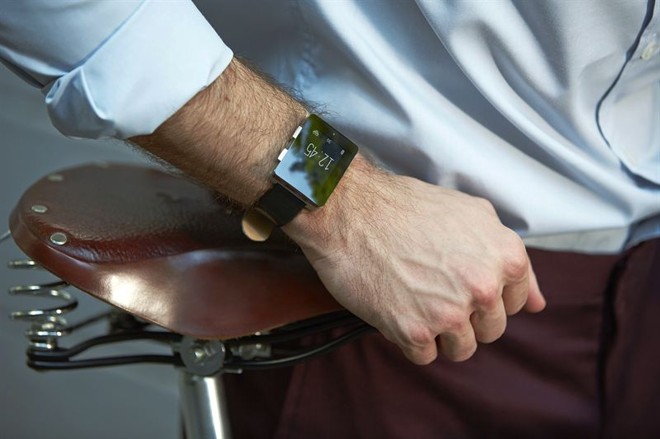
Apple iWatch Bike
By Ross MacIntyre, Head of Digital at DECIDE
In the 1970s, a press handout picture of Steve Jobs and Steve Wozniak was published suggesting that the two may be about to make a breakthrough. Rich Travis of Sunshine Computer Company in Southern California reported that he had sold ten Apples in three weeks thanks to its inexpensive, complete, ready-to-run system. Writer Sheila (Clarke) Craven wrote what is believed to be the first article about the Apple Computer in ’77, and the rest is history.
The company’s ability to marry consumerism with complex technology made them a formidable market force. The mid-nighties saw a rush for the Personal Computer as people pinched themselves with the idea of bringing the world to their homes, a revolution that would be exacerbated by the exponential growth of the World Wide Web. Today, most of us carry that level of functionality in our pockets. Some 35 million people have a smartphone in the UK and one in six UK adults look at their phone more than 50 times a day, and now, we’re familiarising ourselves with bringing technology to our wrists.
With wearable technology expecting to gross almost $6 billion within two years, everyday lives will evolve into something very revolutionary – driven by an information-infatuated society. Smartwatches, fitness bands and headsets are enabling people to absorb more granular and personalised data in helping to make minutia decisions. The technology combined with rapid app development puts a plethora of information is at our fingertips. Understanding oxygen levels, sleeping patterns and heart rates is generating valuable real-time data to improve personal accountability and a goal-orientated behaviour to feed a hunger for empowerment and control. People don’t want to just make a decision; they want to make the best decision.
However not everyone feels so pro tech. It can be argued that the insatiable appetite for data is a double-edged sword. There are extraordinary health benefits in understanding body analytics to influence daily actions. During a recent study, 56 per cent of respondents believe wearable technology will increase life expectancy by ten years. Conversely, it is argued that technology is increasingly tune people out of life, creating paranoia of self-diagnosing and a constant fear of under-performance. Observing current mass market devices, 66 per cent of people suffer from nomophobia; an anxiety stricken condition for those who simply forget their mobile phones when leaving the house. Therefore, will real-time health notifications actually reduce or increase stress? Regardless, wearable technology is here to stay and will increasingly play an integral part in people’s personal and business lives.
So wearable technology is gaining market traction, but for the industry to really accelerate, it needs to provide data in a prescriptive way. Knowing your step count is 20 per cent lower than your daily average is one thing, but what does that actually mean? Wearable devices need to be human centred with a simplified user experience, providing clear action steps to take forward. Only then will technology stay on people’s wrists and not in their bedside drawers. And once usability is cracked, big data will be dwarfed by super data that will unlock insights not only for the individual, but businesses and societies as well. Welcome to the era of data addiction.